Another title might be… “43 Foot Antenna, the Tilting.”
NOTE: UPDATE AT END OF THIS POST
We had a big blast of cold air come down from Canada last night. Temperatures reached the teens and winds peaked at 50 mph. No problem I thought… “My DX Engineering 43 Foot Vertical has been up in weather like this since 2008 and does exceptionally well.”
The morning was busy gathering up blown away things and mounting a search and rescue of my car cover. Often this car cover sweeps around the house so I walked out back.
My eyes scanned the back yard for the cover. HORROR! I looked up to see a not so vertical antenna against the December backdrop of a cornfield and morning sky. Figure 1 reveals my shock and awe moment…
…promptly followed by…

You have to understand this antenna has been through a lot worse wind storms than last night so I was quite puzzled as to why this thing was leaning so. I continued my search for the car cover in our neighborhood and finally found it some 300 yards away. I came back, grabbed my camera and started to document this antenna sadness.
Figure 2 reveals the lower U Bolt holding the Tilt-over assembly to the black, okay rusty red, ground pipe was simply not doing anything. My first reaction was “Oh good grief… the U-bolt broke.” However, upon closer inspection one can see the U-bolt was not broken, but lost a nut and bent.
Note how one end of the U-bolt is still on the plate, but the other is swinging in the air. Apparently the constant and rhythmic action of wind gusts slowly wiggled the nuts loose from the U-bolt. One finally spun off and popped somewhere… I have yet to find this nut and associated washers.
Next, the leverage of the antenna must have simply bent the U-bolt into the shape you see. The only thing saving the day is the upper U-bolt and the conductive strap from the balun to the antenna mast as shown in Figure 3 below.
From this view the antenna angle looks almost on purpose. That balun post earned my respect this morning; There was a lot of torque to handle.
If you look closely at the stainless steel plate just below the two upper u-bolt studs you will see some darker smudges. This is some washout from the anti-seize product used during assembly.
Figure 4, below, shows where the saddle fell. This is kind of a pointless photo, but makes for a more complete forensics assessment.
In case you were wondering, that coiled wire is a future radial waiting for winter to staple into the lawn. As you can see, I have the hardware to attach many more radials.
Figure 5 just shows the 43 foot vertical antenna laid down waiting for me to procure some new hardware.
So What Happened?
About a month ago these same u-bolts were loose and the whole assembly slid down the ground pipe finally resting atop the balun. I raised the assembly to the proper height and torqued the nuts onto the u-bolts to what I thought was tight enough. The antenna was solid again.
Per DX Engineering’s instructions, during original assembly, I used anti-seize compound on all stainless to stainless threads including these two u-bolts. I put this antenna up several years ago and it has been solid the whole time. However, something has changed about the friction coupling between the nuts and the u-bolt threads plus the lock washer is obviously not doing its job. Wild conjecture includes:
- A combination of cold and the endless rocking action of wind caused loosening.
- The anti-seize compound prevents proper friction lock of the nut and bolt threads.
- Perhaps the anti-seize compound has deteriorated somehow.
- Perhaps the nut and bolt threads are no longer in usable form.
- I might not be torquing the nuts enough although I don’t recall a target torque value in the DX Engineering installation manual.
Research on the Internet reveals a whole lot of information about stainless steel galling issues. Most do suggest the use of some kind of anti-seize material be it a paste impregnated with bits of metal all the way to silver plating on the nuts. Others suggest the use of dissimilar types of stainless steel to ensure the hardness values are not identical; Similar hardness is, apparently, a pre-requisite for galling.
As a prevention of loosening due to vibration, some suggest the use of a jam nut in addition to the regular nut instead of a lock washer. While researching this, I uncovered rabid debate on the “JAM NUT ON TOP OR BOTTOM” topic. Either way, NASA considers jam nuts to be unreliable in their NASA RP-1228 Fastener Design Manual; Look on pages 7 and 8.
Say what…
What’s that you say?
“John John John… aren’t you going a little overboard about this especially when you start referencing NASA documentation?”
While it is true NASA standards properly address concerns of fastener survivability during the vibrations of a rocket launch or the longevity of an aircraft in flight, are our wind blown antennas all that different? The point is if there is good advice to be found, I will gladly take it. I am an electrical engineer, an electron chaser, not a mechanical or civil engineer.. or a machinist or mechanic.
Plus, all I know is I followed instructions and the wind induced antenna sway disassembled my u-bolt mount.
Next Steps
This antenna is a good workhorse for me from 80-15 meters 5-100W… especially on 80 and 40 meter QRP Foxhunts. It is a keeper. So I will ask DX Engineering for some advice. Both u-bolts are condemned as far as I am concerned so I will proceed with the order of some replacements. They will likely be stainless steel again although I am open to other suggestions from anyone.
Hopefully, I will get some actual torque values from someone that will help me install this as well as I did three years ago. I will also add some regular inspection to my routine to ensure I spot trouble before it gets this far.
This is still a great antenna
I want to take a moment and tell everyone, the mechanical integrity of this 43 foot antenna has been fabulous. As you all know, I painted this 43 foot DX Engineering antenna black making it reach higher temperatures during the summer months. I watched for, but have seen no expansion issues because of this. Some of the Penetrox oozes, but that’s about it. The way this antenna attaches to the tilt-over plate has, thus far, been robust. DX Engineering makes a great product. I’m sure with their help, I will be able to enjoy this antenna for a very long time.
The moral of this story is… well, I guess we won’t really know until my fixes are in place. Stay tuned for a future post.
73
DX Engineering was stellar in their response. They sent me some free Nylok nuts, new U-Bolts and improved saddles which, in the end, seems to be working just fine.
The latest issue with the antenna is now the U-Bolts holding the element to the insulated piece have come loose. I am going to use Nylocks for that too; I caught it in time well before any damage. Note to self… inspections work!
After much research about lock nuts from reputable mechanical engineering resources and such my conclusions are:
- Lock Nuts, especially split ring types, don’t do much of anything to prevent loosening.
- Jam Nuts are a potential improvement.
- Properly torquing a nut without a lock nut is the “correct” solution.
- Nylocks backing up the original nut, jam nut style, offer a good compromise and, so far, piece of mind.
I am going with Nyloks behind the original nuts torqued per jam nut methods.
Kudos to DX Engineering… they did take the time to make things right. They are still near the top of my “Cool” list.
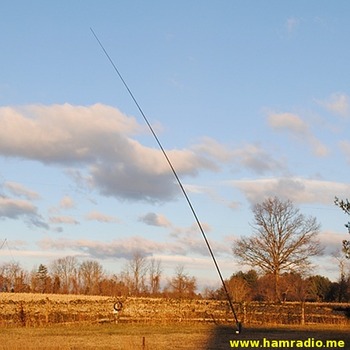


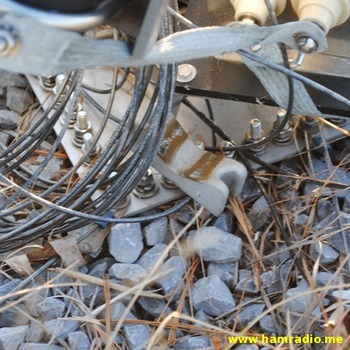
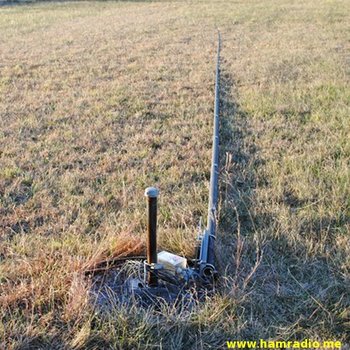
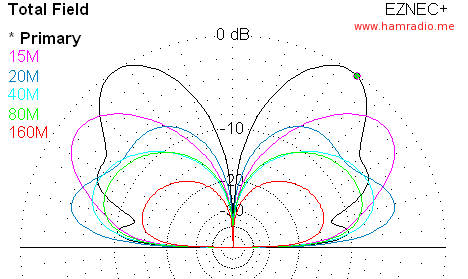

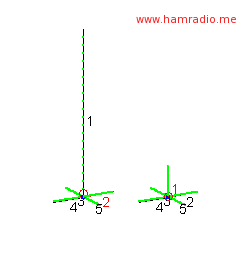
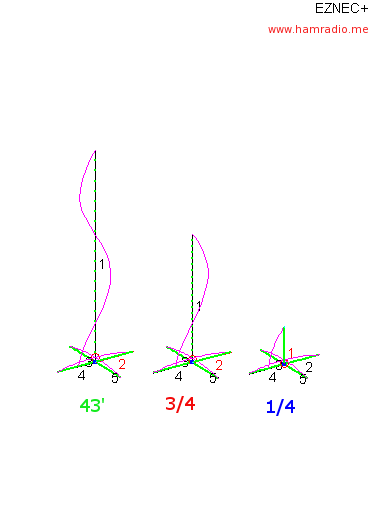
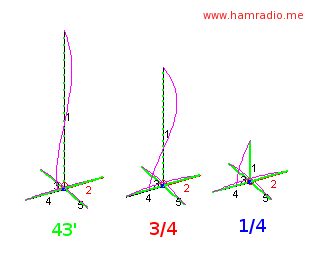
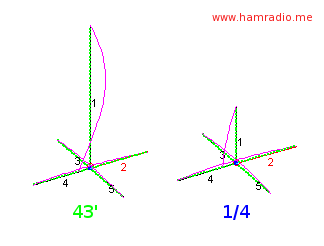
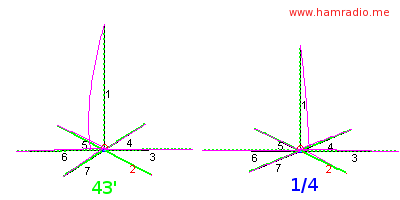
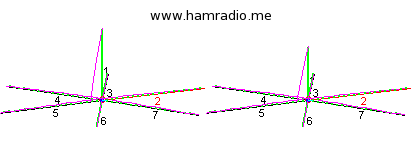
have you looked at toplock nuts? or maybe using some lock-tite?, and as far as those u-bolts, find a local auto parts store that sell axle u-bolts (which hold a solid axle to the leaf springs) they may not have your needed size but should be able to point you to a place in town that will be able to make you some……
Loctite has merits and toplock nuts should work as well. The nylocs are working well so far. Good ideas. Thanks.
You might also want to look into the methods used by aircraft designers and mechanics which would be some version of Safetying in which a safety wire, cotter pin, taper pin, etc is used to prevent the nuts coming loose on critical parts of aircraft. It might be as simple as drilling a hole through the nut and bolt shaft and using a hardened cotter pin to keep things from working loose.